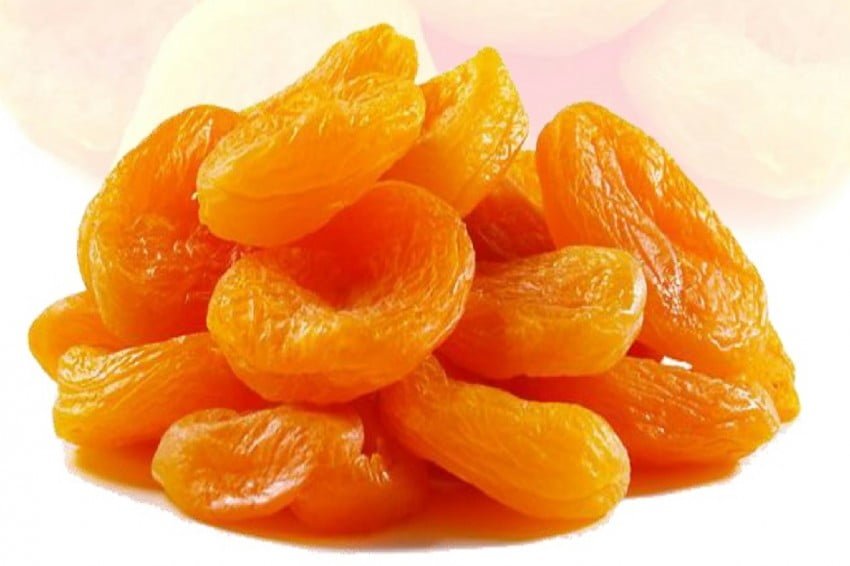Few people realize that about 10% of the entire world’s apricots are concentrated in one small region of northern Tajikistan – the Sughd region in the famous Fergana Valley. Almost all apricot producing areas of Sughd are located in only four districts where there is an unprecedented concentration of the world’s apricot orchards.
Even fewer people know that kuraga (in Russian курага), or dried apricots, are one of the most reliable means of savings in Tajikistan. Moreover, dried apricots are used even for making payments, just like real money! Local residents trust dried apricots no less than the US dollar, and, perhaps even more than the local currency, the Tajik somoni.
By the way, for Tajik officials and government employees, even those living in cities, dried apricots remain one of the main ways of earning money. Below we will tell you why and how this truly unique system works.
It is important to note that “kuraga” is just one of several types of dried apricots. However, for ease of understanding, we will use this particular word kuraga or dried apricot.
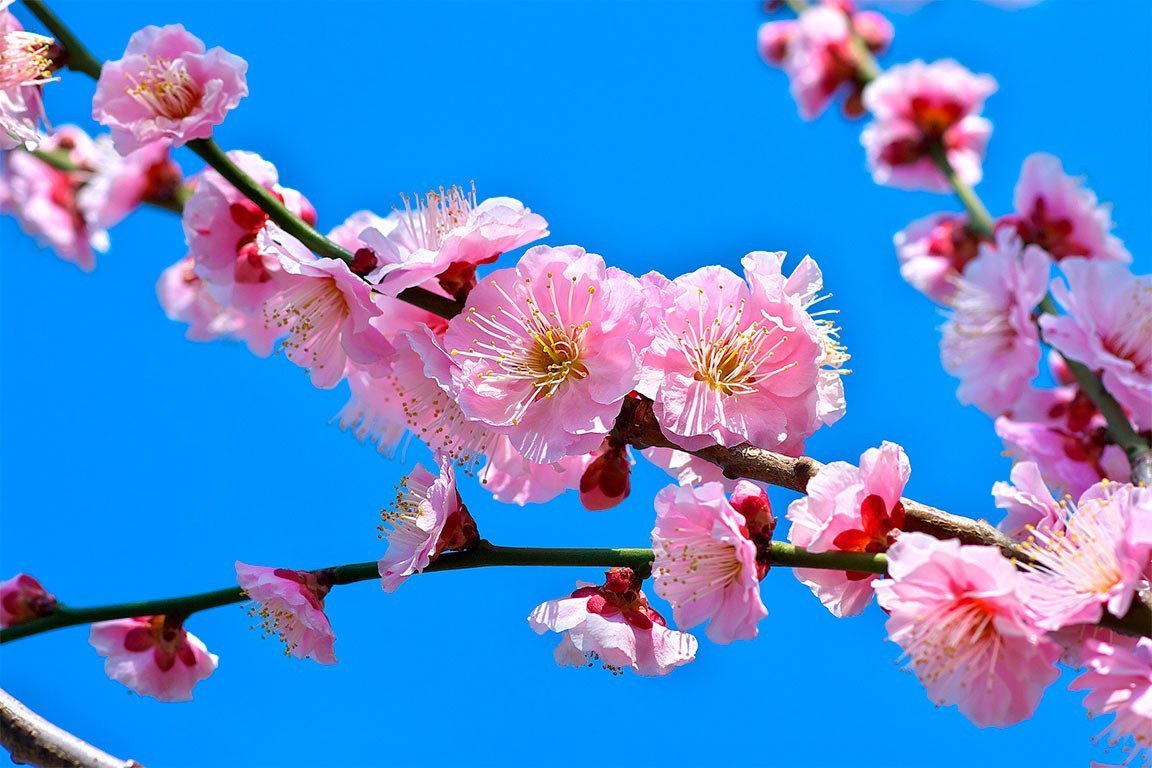
An interesting fact is that apricot trees in Tajikistan cannot be cut down or uprooted without the permission of a special state commission and this rule is very strictly enforced. Therefore, apricot growing area in Tajikistan is always increasing. According to estimates by Bakhtiyor Abduvokhidov, an international consultant to the Food and Agriculture Organization of the United Nations (FAO), land area under apricot orchards in Tajikistan increases by 1,000 hectares annually, and the production of fresh and dried apricots is increasing accordingly as well.
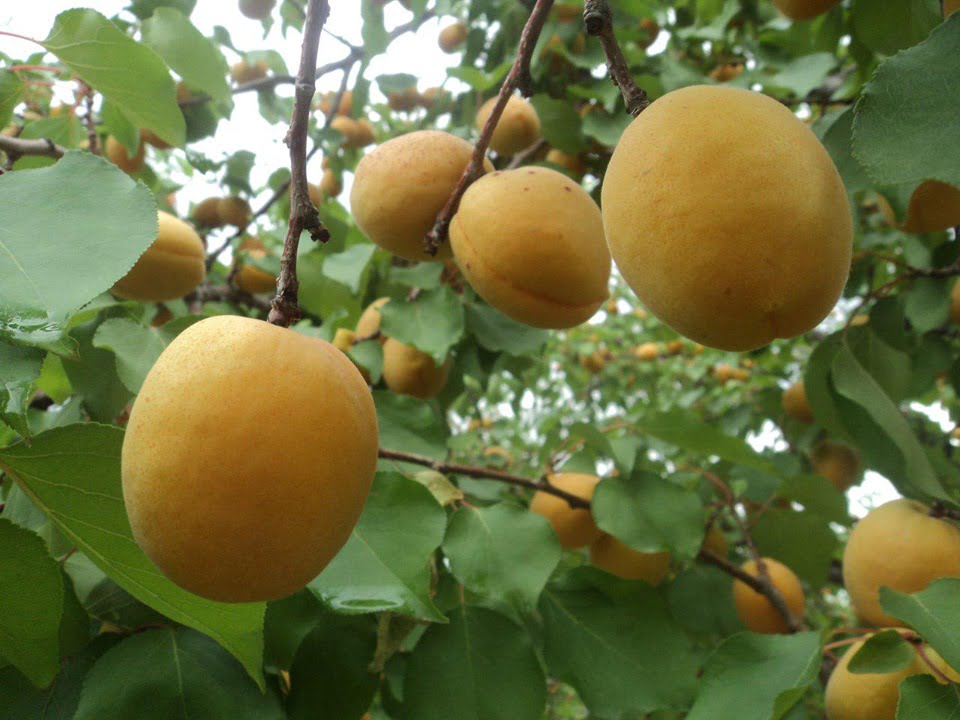
They love fresh and dried apricots in Tajikistan so much that they even erected a monument to the apricot. In general, more than 100 varieties of apricot are cultivated in the country, and almost all of them are local Tajik varieties.
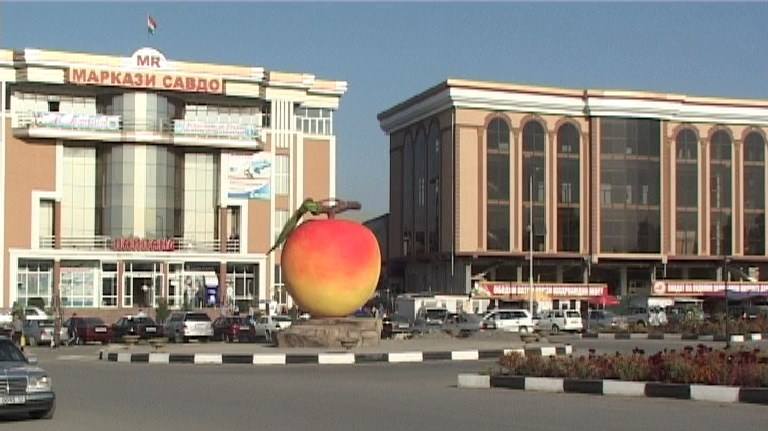
Did you know that the apricot kernel is also a very tasty and valuable product? Due to the content of the unique vitamin B17 in the apricot kernels, also known as amygdalin, this product is now in high demand. According to research by scientists, amygdalin can destroy cancer cells without negatively affecting healthy cells.
It is also true that the cyanide contained in the apricot kernels forces the consumption of this product to be limited to 100 grams per day. Unfortunately, children are very fond of apricot kernels, and, sometimes, could eat much more, which can lead to serious intoxication of the body.
How many hectares of apricot orchards are there in Tajikistan? There are various estimates but according to the most conservative ones Tajikistan has at least 55,000 hectares of apricot orchards, mostly of an extensive type. According to this indicator, Tajikistan ranks second in the world in terms of apricot area along with Uzbekistan and Iran where areas are comparable. However, Tajikistan has less fruit-bearing areas of apricots than Iran and Uzbekistan since many old orchards are abandoned. Global leader in terms of apricot area is Turkey with 130,000 hectares of fruit-bearing apricot orchards. By the way, these countries mainly grow apricots for the fresh market while Tajikistan focuses almost exclusively on drying apricots to make “kuraga”.
In this article, we will clearly show (with images) why apricots and dried apricots are so popular in Tajikistan, how apricots are grown, how they are dried to become “kuraga”, how and when they are sold, and how export consignments of dried apricots are formed as well as what types of dried apricots there are and how much local farmers – “dehkans” and entrepreneurs earn on dried apricots.
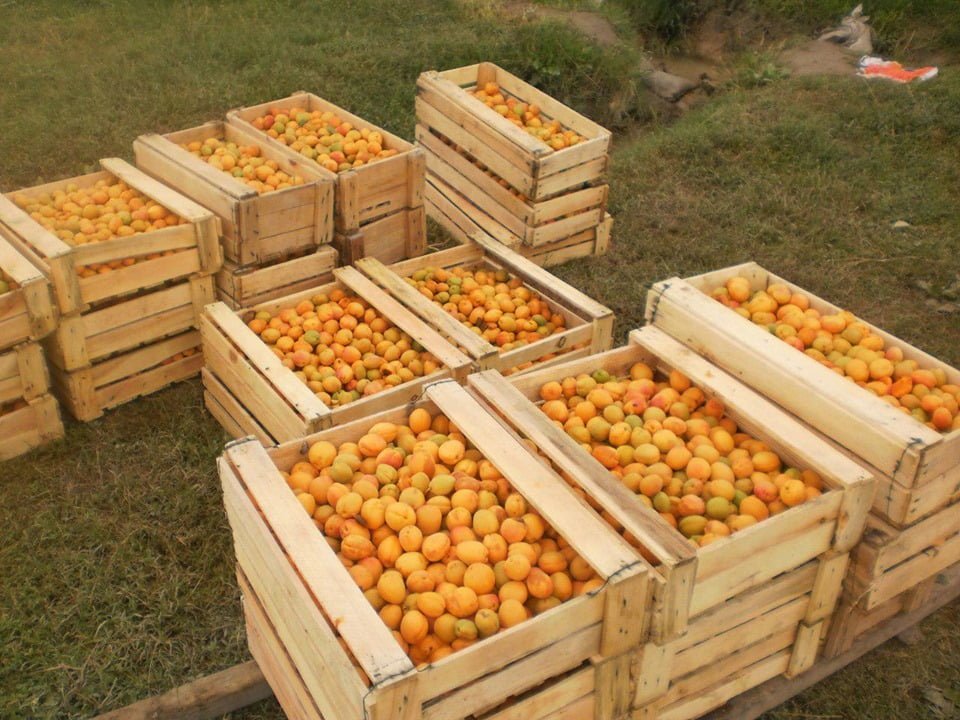
Tajikistan is a mountainous country and apricot trees in the Sughd region usually bloom en masse from mid-March to the first ten days of April depending on the height above sea level.
It would seem that such a huge number of flowering apricot orchards is a great opportunity for beekeepers to earn money on pollination services and to collect delicious apricot honey. However, unfortunately most of the varieties grown in Tajikistan are self-pollinated varieties. Therefore, beekeepers in Tajikistan have to actually pay farmers for placing beehives in their orchards. We hope that in the future Sughd will also become an international tourist destination during the blooming of apricots but as of now, it is largely unknown for international tourism industry and EastFruit is writing about it to change this.
Considering the large number of old orchards, where no means of protection and fertilizers have been used for a long time, organic production of apricots and dried apricots has been actively developing in Tajikistan recently. Two years ago we wrote about this, but since then even more orchards and enterprises have been certified.
We will skip the details of growing apricots since there are numerous approaches and technologies. Let’s jump directly to the time when huge number of people from all over Tajikistan – teachers, doctors, officials and other state employees, whose wages are not very high, rush to the Sughd region to make money on “kuraga”. They come to get their own small piece of the US $120-180 million pie, which Tajikistan receives from the dried apricot sales.
Estimates of proceeds from the sale of apricots and dried apricots in Tajikistan are very approximate. According to estimates by industry experts, about 180,000 tons of apricots are harvested in the country annually from 30,000 hectares of fruit-bearing plantations. However, some growers receive up to 30 tons per hectare of apricots while others receive 4 tons. The production of dried apricots in Tajikistan is estimated at 45,000 tons.
Вepending on the grade and BRIX of apricots, you need from 3 to 5 kg of fresh fruits to get a kg of dried aprictors or “kuraga”. Considering the estimates of fresh apricot production, it seems that all apricots were processed into dried?! This is unlikely, especially since apricots are consumed fresh in large quantities during harvesting season in Tajikistan and are exported as well. Moreover, part of the volumes is bought by juice production companies to make apricot juices and purees and even canned apricots.
Therefore, most likely, the actual volume of apricot production in Tajikistan is no less than 200-220,000 tons per season. Considering that the minimum selling price of dried apricots is $2 per kg and the maximum (when exporting high-quality products) reaches $7 per kg, the country annually receives about $120-180 million only from dried apricots and this is by the most conservative estimates. It is difficult to estimate the volumes of exports for dried apricots. We tried estimate the volume of exports ones, but failed due to lots of unknown factors. It is also illogical that with the increase of production, the exports of dried apricots falls so quickly, as reported by official statistics. We know that it would be close to impossible to increase domestic consumption of dried and fresh apricots as it is already one of the highest in the world in Tajikistan.
So, back to the government employees who come to the orchards just before the start of the mass harvest, usually in June. (By the way, total annual vacation for state employees is usually 30-40 days, and many of them spend most of it on harvesting and drying apricots to earn money ). They usually come with entire families including children and relatives, bringing everything with them, even refrigerators and TVs.
How can you make money on the production of dried apricots for someone who does not have their own apricot orchard? It’s very simple – you can buy the harvest “on the tree.”
The fact is that harvesting and drying apricots requires a lot of effort and a lot of manpower. However, it is very difficult to hire people for this work precisely during this period, because everyone has a need to harvest and to dry the apricots in Tajikistan precisely at the same time! Therefore, orchard owners who cannot cope with the entire area themselves, are ready to lease part of the the orchards with fruits on the trees.
Depending on the size of the family, visitors rent 2-10 hectares of the orchard and they live in the same orchard working and guarding the harvest and fruits produced. As a rule, it is believed that you can get about 3 tons of dried apricots from each hectare of the orchard, which is equivalent to 10-12 tons of apricot per hectare. Tenants pay between 10-20 US cents for the each estimated kg of apricot crop. Assessment and redemption of the harvest begins in April-May, when you can estimate how much you can harvest. Experienced farmers can determine by eye with great accuracy what the harvest will be and set a price per area, or per the N-th number of trees.
Thus, for each hectare of orchard, you need to put down anywhere from US $1,000 to 2,000! So a large family renting 10 hectares brings with them up to US $20,000 in cash! If we assume that half of the 30,000 hectares of apricot orchards are sold “on the tree,” it turns out that in just a couple of weeks more than $20 million in cash pours into the Sughd region.
How well and how quickly does the money invested by the newcomers return? We will write about this below. In the meantime, let’s move on to the very process of collecting and turning raw apricots into dried apricots as well as the economics of all these stages.
First, you need to harvest the apricots. The more accurately the apricot is harvested, the better quality dried apricot will be produced, which means that the earnings will be higher. However, the problem is that the apricots ripen all at the same time, orchards are extensive, trees are very tall, and there are not enough workers. Thus, most tenants have serious problems with their final product’s quality.
Apricots are harvested by shaking off with a long stick while several people hold a large piece of cloth called “choldyr” where fruits fall. This prevents potential apricot damage from falling on a hard ground.
After harvesting, fresh apricots are mainly treated with sulphur dioxide (i.e., sulfur dioxide or sulfurous anhydride or sulphurous anhydride). Sulfurous dioxide can be bought at any local store and is usually sold in bags.
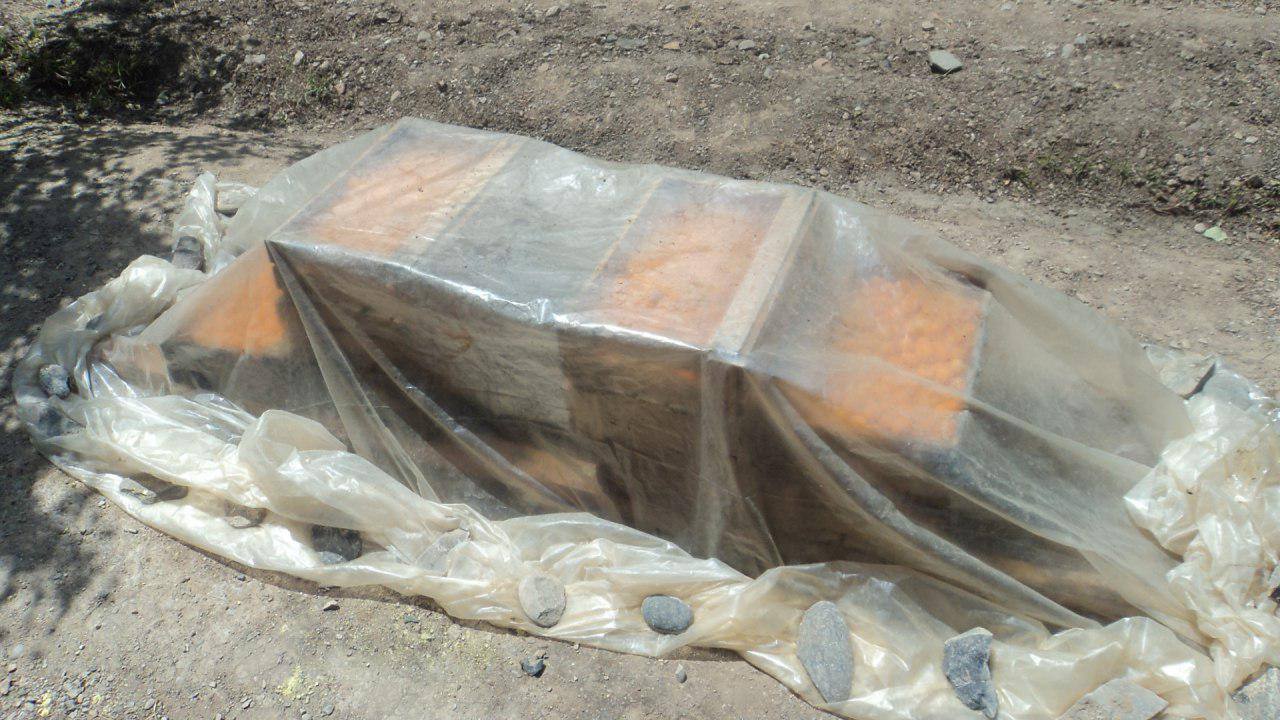
There is also a segment of unsulfered dried apricots, but it is relatively small and mostly organic. Sulphitation is very simple. Fresh apricots are covered with foil in boxes and sulfur with a small amount of alcohol is ignited in a special container. After processing with sulfur, the apricot is ready for drying. By the way, most often the residual sulfurous anhydride content on fruits from Tajikistan is much lower than allowed in the EU countries and the United States. The maximum sulfur content allowed in the EU is 2000 PPM, and in the US – 4000 PPM, while dried apricots from Tajikistan, according to industry sources, usually have less than 1000.
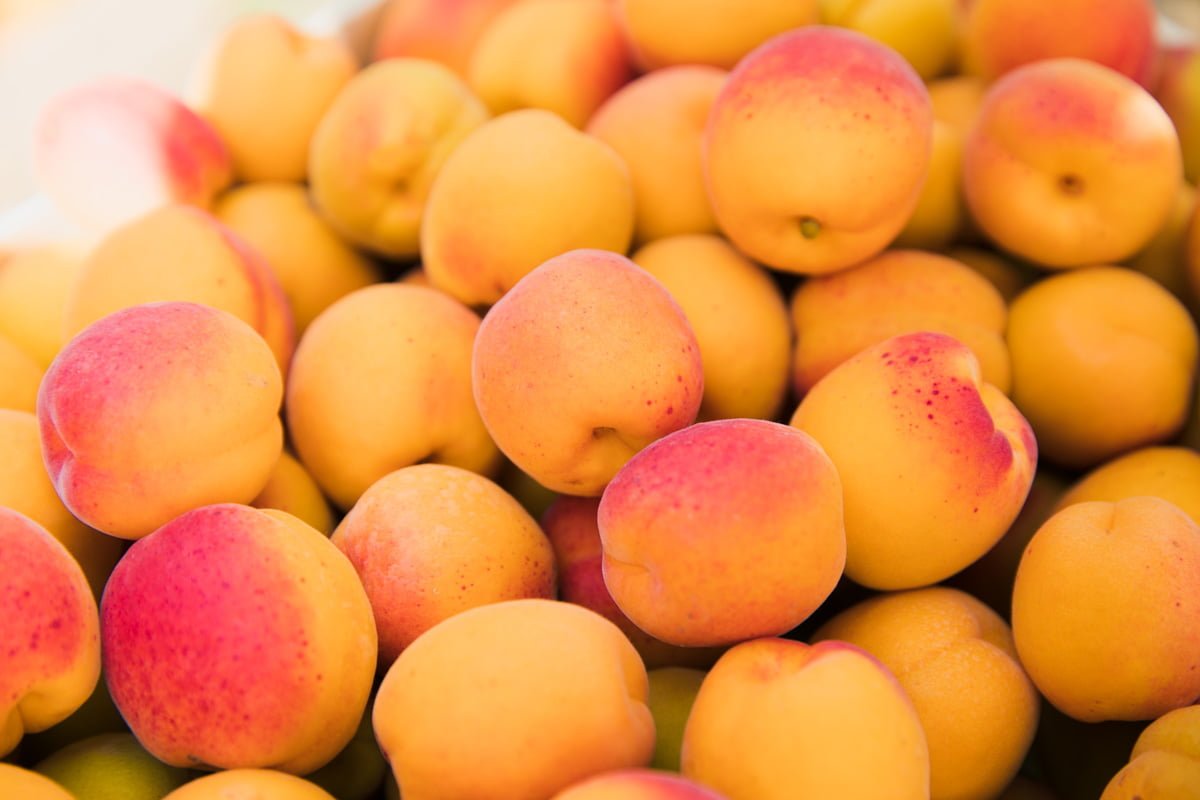
For drying apricots, they use the aisles of the orchards and any other space available. At harvest time, it is very hot and dry in Tajikistan – daytime temperatures range from 32 to 45 degrees Celsius. Therefore, apricots dry perfectly and very quickly without consumption of any fossil fuels be electricity, natural gas, fuel oil or solid fuel.
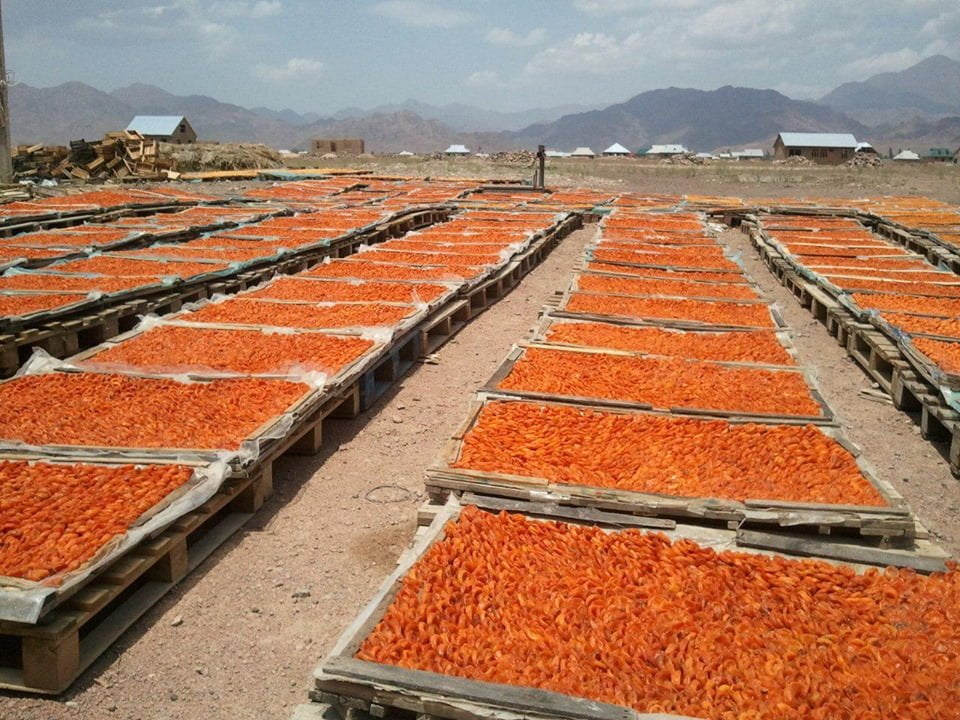

The biggest concerns when drying apricots outdoors are dust and insect contamination. There is a drying option to cover apricots with a film then it dries better, faster and is protected from flies and dust but this option is not yet widely used as it requires additional investments.

There are also industrial apricot drying facilities in Tajikistan where strict quality and hygiene standards are observed. However, as a rule, dried apricots for exports are being finalized just before they are sold. For this purpose, special lines for washing of dried fruits are installed. Dried apricots are thoroughly washed at these washing lines, then re-treated with sulfur dioxide (brought to acceptable standards) and again dried to the required moisture content.
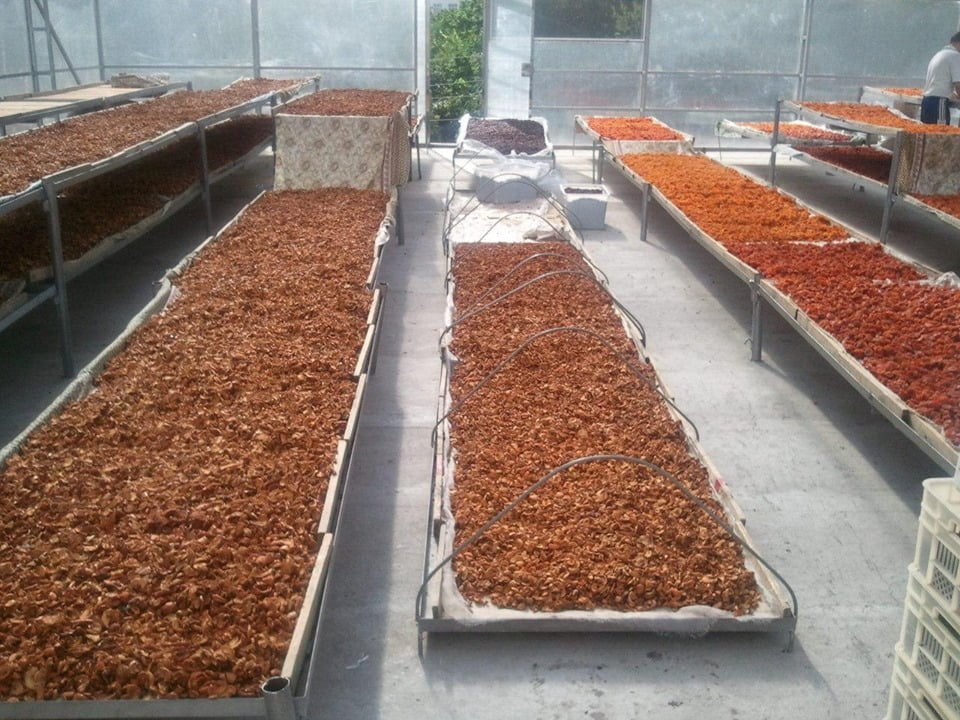
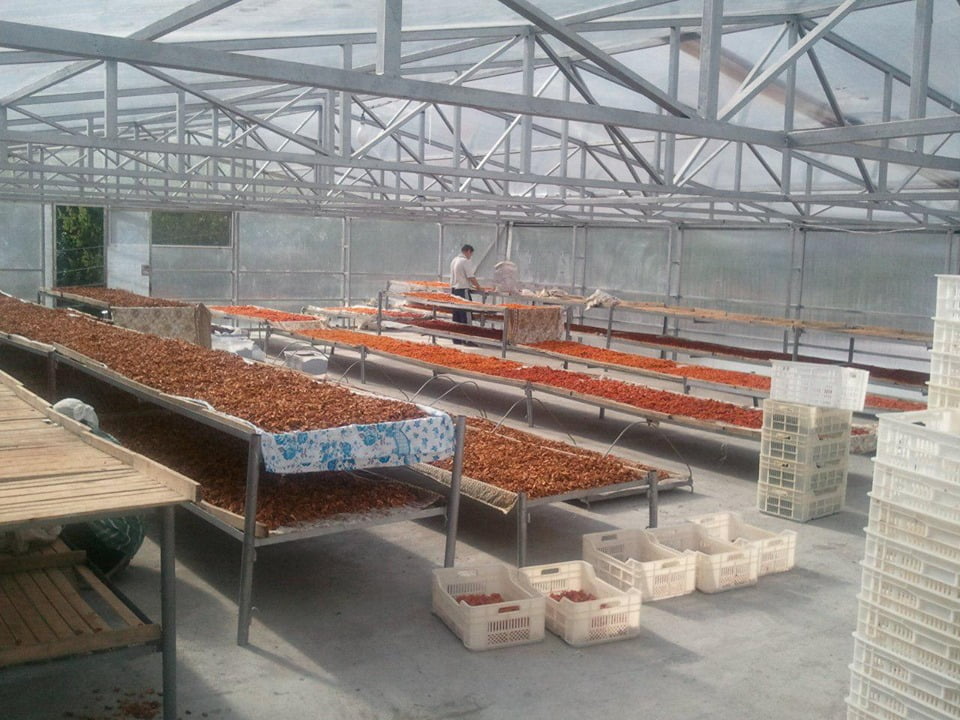
Dried apricots are divided by locals in Tajikistan into three main types: “uryuk”, “bargak”, and “kuraga” (aka “kaisa”). Uryuk is the most common type of dried apricot with pits. Bargak is a dried apricot with a pit removed and cut in half. Kuraga is a dried apricot without a pit, which is squeezed out through the top of the fruit during the drying period.
So, after four weeks of hard work in the orchard it is the end of vacation for the state employees. The whole family leaves the orchard with dried apricots packed in bags for a long-term storage. Some of the products can be sold there, especially since the largest market for dried fruits in Central Asia is located nearby. This market is located in the village of Surkh in the suburb of Isfara. We published a very interesting photo report about this truly unique market – please see it here.)
Many try to avoid selling dried apricots in the summer because during this time the prices are the lowest. It is usually kept at home just like money on bank deposit. Since dried apricots are constantly getting more expensive as you store it and they do not lose value due to inflation, people in Tajikistan often view it as a much better deal than keeping money in the bank. The lowest prices for dried apricots are usually in July -August, and the highest prices are in April – May.
Let’s say a family leased 5 hectares of an apricot orchard and received 15 tons of dried apricots from it. The later they sell it, the higher the price they get. In addition, the family itself will consume this product year round saving money on other food items.
So, let’s get back to the economics. By investing US $1,500 to US $2,000 per hectare, one can get about US $5,000-7,000 in revenues from dried apricots. There are, of course, costs for transportation, sulfur dioxide, containers, etc., but even US $3,000-4,000 of net profit per hectare when renting 5 hectares gives up to US $20,000 in net profit total, which is of a great help for an average family in Tajikistan. Of course, these figures can vary greatly depending on many factors – apricot yields, varieties, BRIX indicators, harvesting, drying technology, etc.
How and when is “kuraga” or dried apricot usually sold in Tajikistan? The answer is simple – when the family needs money. The first wave of sales comes when you need to get children to school. Everyone in Tajikistan knows that to buy school supplies one needs to sell about 3 – 10 kg of kuraga (depending on quality). “Kuraga: is also sold before holidays and various events, or when family needs to buy clothes, hold a family event, buy supplies, etc.
To sell dried apricot, one needs to bring it to the market and spread it on a lining. “Kuraga” is bought by many small wholesalers who are heavily traded. These consolidators perform a very important function – they collect dried apricots of uniform quality purchased from many small private traders in volumes from 3 kg to 100 kg into separate bags. Having collected a batch of 3-10 tons in this way, they resell it to large wholesalers.
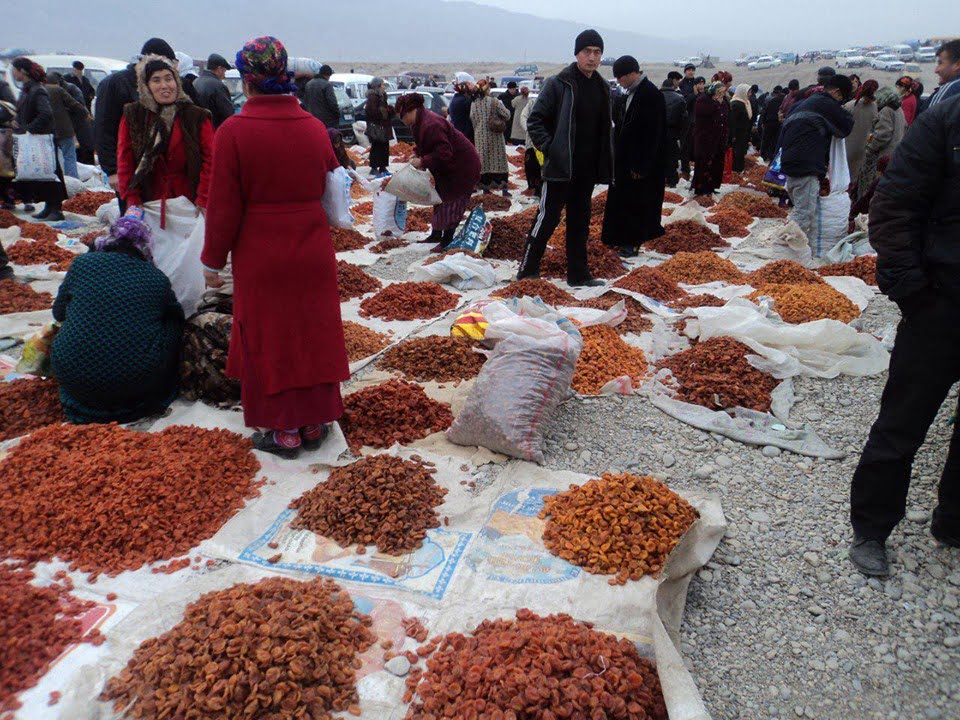
At this stage, dried apricots are manually re-graded, after which they are sold to exporters or processors. By the way, “kuraga” of any quality is sold. Even substandard dried apricots are in demand as they can be used for the production of so called “compote mixtures” of dried fruits and for even further processing.
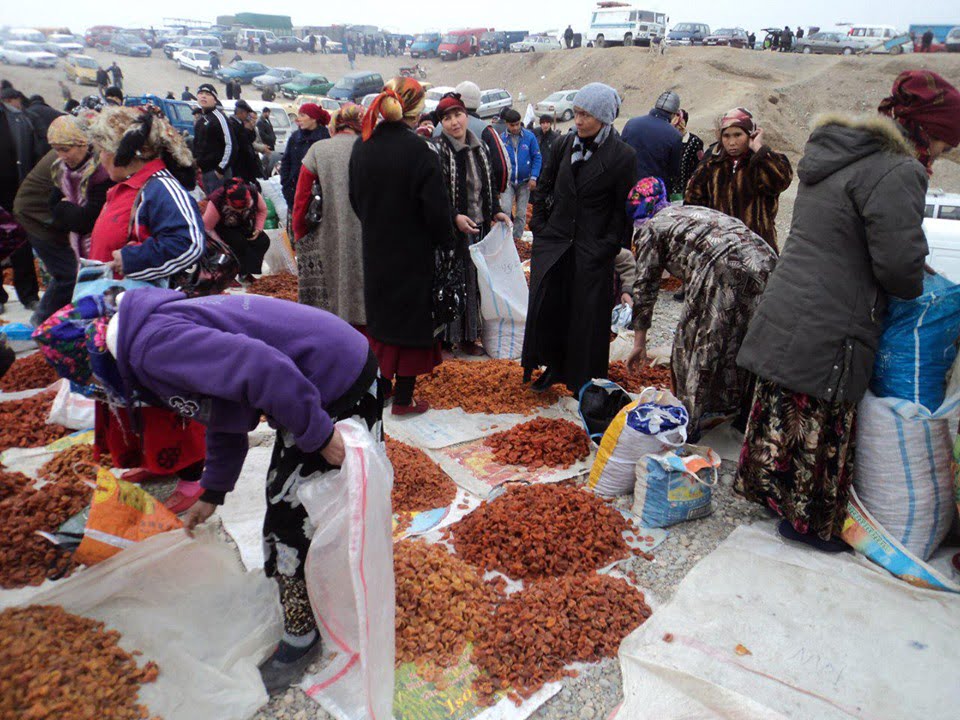
Thus, dried apricots, which a private trader sold for US $2 per kg, is already sold for $3 to the exporter. In supermarkets of Russia, such dried apricots are sold on average for around US $8-12 per kg.
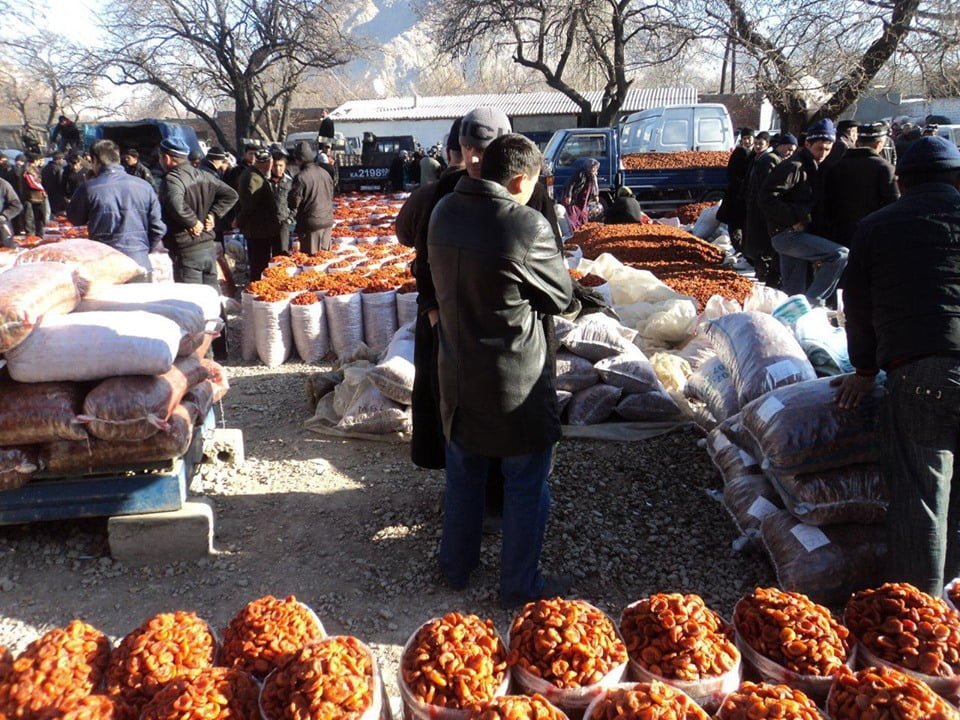
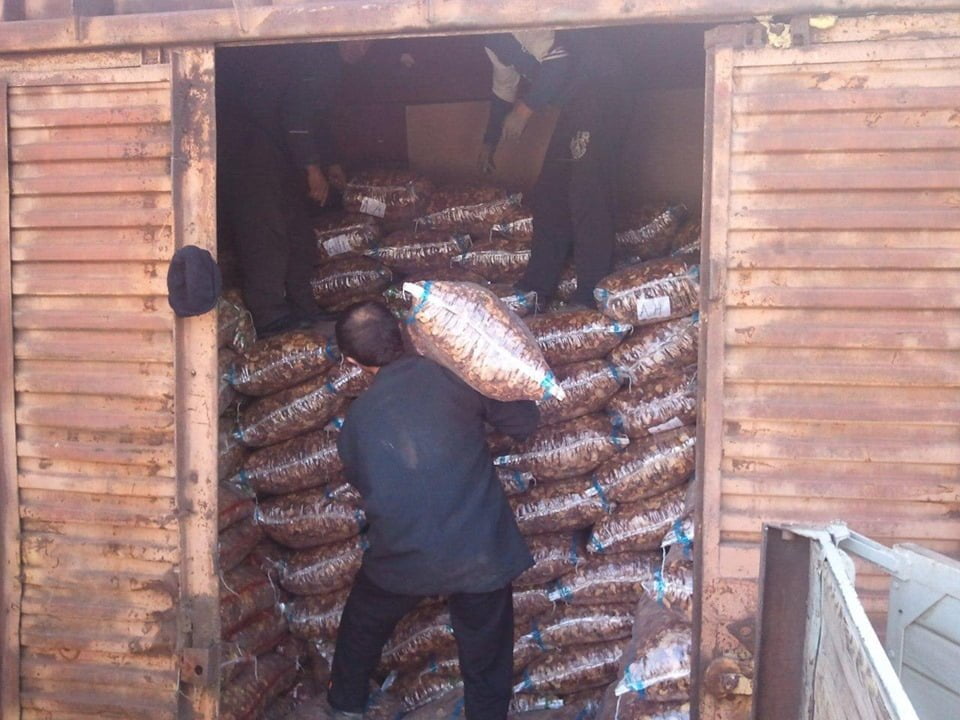
Besides kuraga, apricot kernels are also providing food incomes to producers in Tajikistan. These kernels have been recently in a very good demand due to its medicinal properties. Apricot kernels in Tajikistan are sold either raw or toasted. However, there is another attractive marketing channel for apricot kernels from Tajikistan – exporting them to Italy for the production of the famous Amaretto. However, this business is still in its infancy. From the bitter tasting apricot kernels, oil is squeezed out, which also goes into the composition of the “zagir” oil for making famous Central Asian dish pilaf.
Moreover, the husk from the apricots’ pit is an excellent fuel and it is in a great demand in Tajikistan. To get a golden-brown Tajik flatbread, it is imperative to use the husk of apricot kernels. They burn very brightly and very quickly.
Recently, there has been a growing interest in Tajikistan in intensive technologies for growing apricots for the needs of the fresh market, as well as in extending the apricot growing season. However, the prospects for the exports of dried apricots from Tajikistan are still not completely exhausted. Therefore, the FAO and EBRD are helping local growers get knowledge of best global practices and introduce it in Tajikistan.
After all, here apricots and dried apricots are truly one of the main traditional national products and a real national pride.
The use of the site materials is free if there is a direct and open for search engines hyperlink to a specific publication of the East-Fruit.com website.




